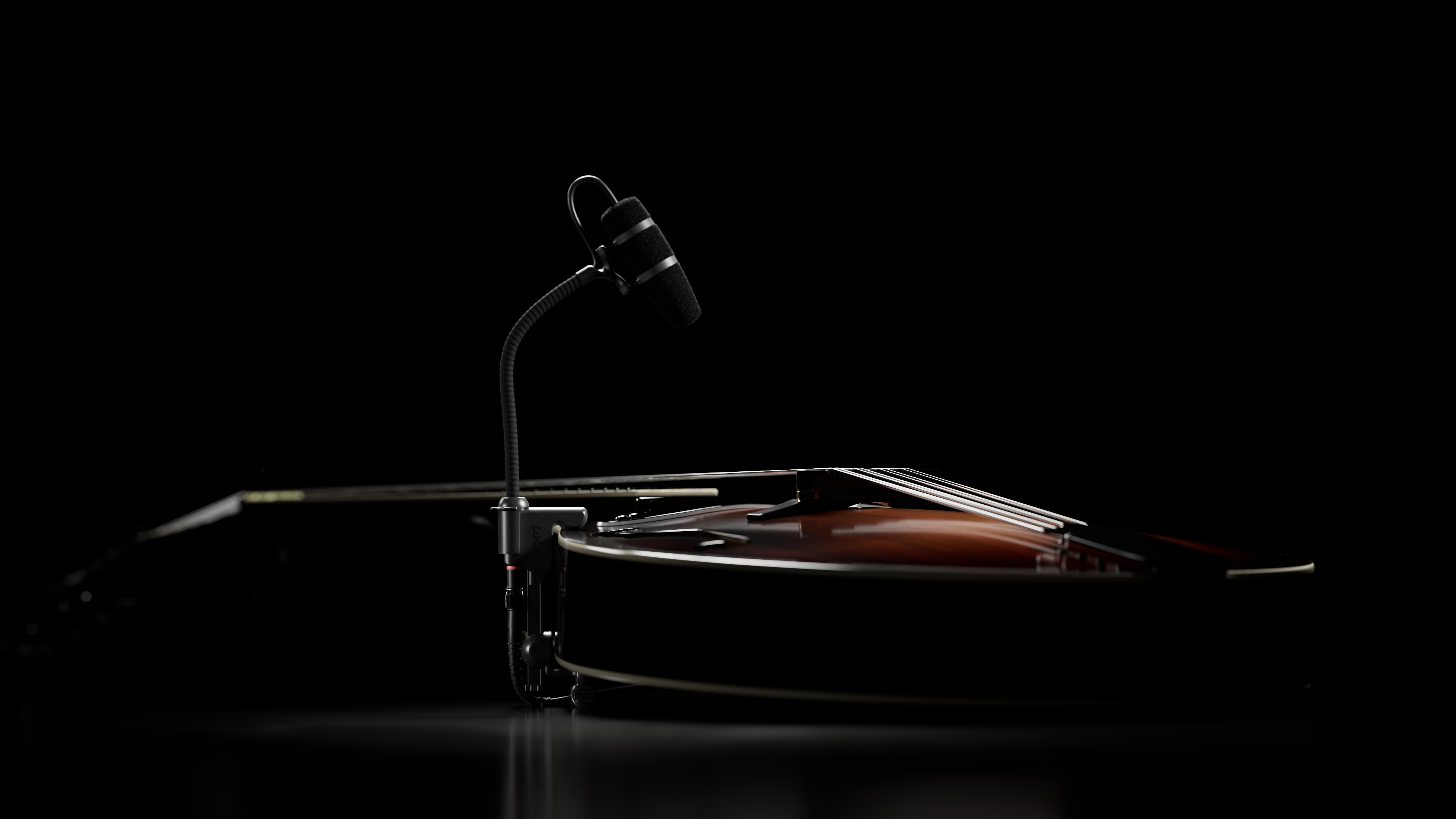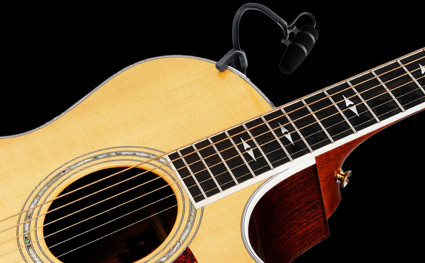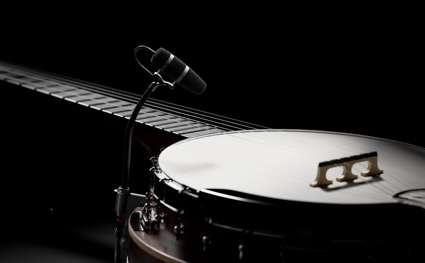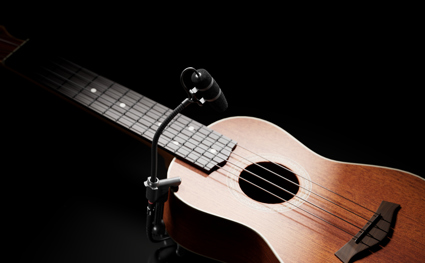How to mic the mandolin/mandola
Guidelines for miking the mandolin and mandola.
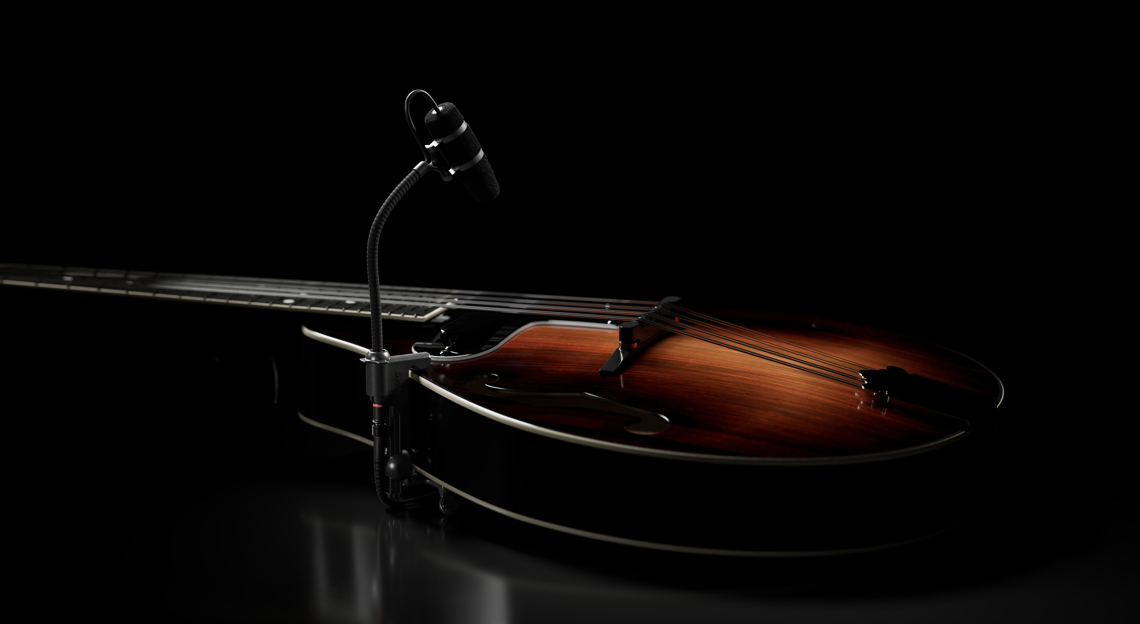
As is the case with all acoustic instruments, recording a mandolin/mandola is always a compromise between getting the full timbre of the instrument and isolation from other instruments or unwanted reverberation.
Omnidirectional mics for mandolin
Error loading Partial View script (file: ~/Views/MacroPartials/TaggedProducts.cshtml)If there are good acoustics and no other disturbing sound sources, one or two precise and highly detailed omni mics is an ideal miking setup. 4041-SP Omni Large Diaphragm Mics, P48 or 4006 Omnidirectional Microphone will ensure that you do not lose any vital information. Try aiming an omni at the sweet spot, which is often where the neck meets the body: this position will give you a good blend of strings, fingers and wood. Another option is to place two omnis at 30-40 cm (12-16 in) distance to create a nice stereo image.
For a miniature solution, the 4060 CORE+ Series Instrument Microphone offers a wide variety of placement possibilities, and many live situations could benefit from close miking.
Cardioid mandolin mics
If more isolation is needed, one or two cardioids or wide cardioids is a good solution. The 2012 Compact Cardioid is one good solution. Otherwise, two 4011 Cardioid Mics mics can be placed in XY configuration at the sweet spot using MMP-ES Modular Active Cable. The CXO4000 Compact XY/ORTF Stereo Holder can be used for this configuration.
For an A/B configuration, two 2015 Wide Cardioid Mics make a good solution.
The miniature supercardioid 4099 CORE+ Instrument Microphone is the perfect choice for all live applications. It offers lots of gain before feedback while retaining the clear and transparent DPA signature sound.
The VC4099 Instrument Microphone Clip for Violin fits instruments with a body depth between 35 mm (1.4 in) and 55 mm (2.1 in).
The GC4099 Instrument Microphone Clip for Guitar fits instruments with a body depth between 35 mm (1.4 in) and 122 mm (4.8 in).
